A catalytic converter is a device used in a vehicle’s exhaust system to reduce the emissions of harmful pollutants from the engine’s exhaust gases. It is crucial in reducing air pollution and is commonly used in gasoline-powered vehicles.
How does a Catalytic Converter Function?
The primary function of a catalytic converter is to convert toxic compounds, such as carbon monoxide (CO), nitrogen oxides (NOx), and unburned hydrocarbons (HC), into less harmful substances before they are released into the atmosphere. It achieves this through a series of chemical reactions that take place within the converter.
The core of a catalytic converter consists of a ceramic or metallic substrate coated with a catalyst material, which is typically a combination of platinum, palladium, and rhodium. These metals act as catalysts, facilitating the conversion of the harmful pollutants into less harmful forms.
When the exhaust gases pass through the catalytic converter, the following reactions occur:
- Oxidation of carbon monoxide: CO is converted into carbon dioxide (CO2), which is a less toxic greenhouse gas.
- Reduction of nitrogen oxides: NOx compounds are converted into nitrogen (N2) and oxygen (O2), reducing the formation of smog and acid rain.
- Oxidation of unburned hydrocarbons: Unburned hydrocarbons are converted into carbon dioxide (CO2) and water (H2O).
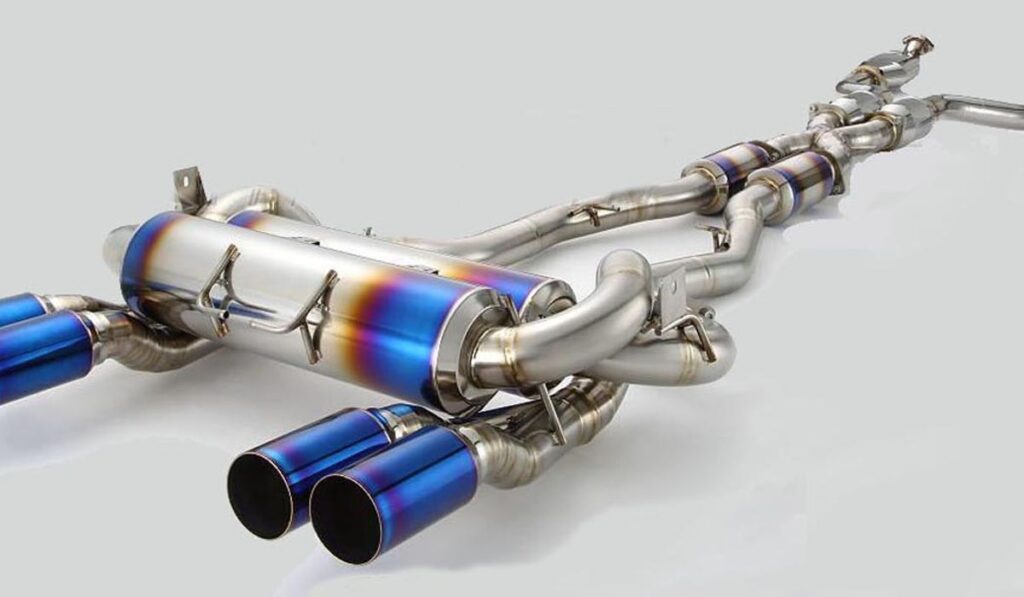
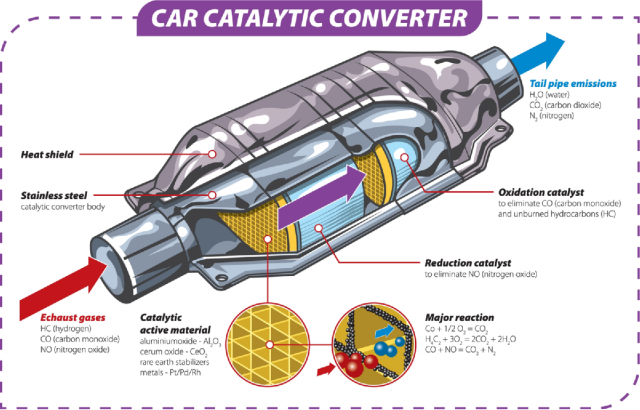
The efficiency of a catalytic converter depends on factors such as operating temperature, air-to-fuel ratio, and the condition of the converter itself. It requires a certain temperature to function optimally, which is why it may take a short time for a vehicle’s catalytic converter to reach its efficient operating temperature after starting the engine.
Catalytic converters are mandated by law in many countries to reduce vehicle emissions and comply with environmental regulations. They have played a significant role in reducing air pollution from automobiles and improving overall air quality.
What is an OPF?
In the context of cars, “OPF” stands for “Otto Particulate Filter.” It is an emission control device designed to reduce particulate matter (PM) emissions, primarily from Gasoline Direct Injected (GDI) powered vehicles.
How does an OPF Function?
With the increasing focus on reducing emissions, especially particulate matter, which is harmful to human health and the environment, automobile manufacturers have been adopting technologies similar to diesel particulate filters (DPF) used in diesel engines. The OPF is one such technology.
The OPF is specifically designed for gasoline engines, particularly those equipped with direct fuel injection. It is typically placed in the exhaust system after the catalytic converter. The primary function of an OPF is to trap and filter out the ultrafine particulate matter emitted by gasoline engines.
Gasoline engines, especially those with direct injection, can produce fine particles during combustion due to incomplete fuel burning. These particles can include soot, unburned fuel, and other byproducts. The OPF captures these particles and prevents them from being released into the atmosphere.
Similar to a DPF in a Diesel vehicle, an OPF consists of a porous filter substrate made of materials like silicon carbide or cordierite. The filter traps and collects the particulate matter as the exhaust gases pass through it. Over time, the accumulated particles can cause the filter to become clogged, potentially affecting engine performance and efficiency.
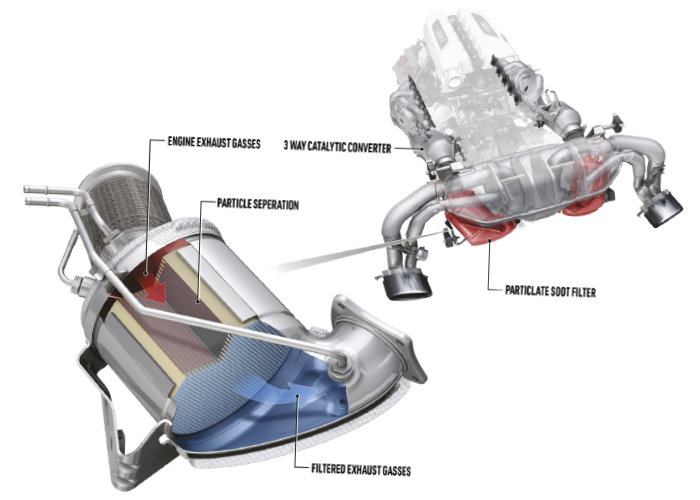
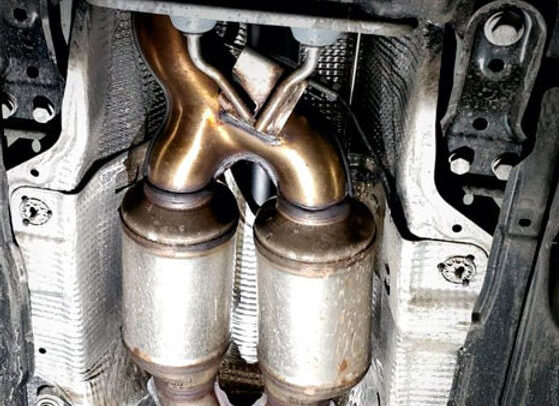
How does OPF Regeneration occur?
To prevent excessive clogging, OPFs often incorporate a regeneration process. This process involves periodically burning off the trapped particulate matter to keep the filter clean. The regeneration can be achieved through various methods, such as adjusting the engine parameters, injecting additional fuel, or using electric heaters.
The adoption of OPFs in gasoline engines helps to reduce particulate matter emissions, contributing to improved air quality and meeting stricter emission standards. It is one of the technologies employed by automobile manufacturers to make gasoline-powered vehicles more environmentally friendly.
What is a GPF?
In the context of automotive technology, “GPF” stands for “Gasoline Particulate Filter.” It is an emission control device designed to reduce particulate matter (PM) emissions from gasoline-powered vehicles, similar to the OPF (Otto Particulate Filter) mentioned earlier.
How does a GPF Function?
The GPF serves as a filter that captures and traps fine particulate matter generated by gasoline engines during combustion. These particles include soot, unburned fuel, and other byproducts. The GPF’s purpose is to prevent these particles from being released into the atmosphere, thus reducing air pollution.
The GPF is typically positioned in the exhaust system after the catalytic converter, similar to the OPF. It utilizes a porous filter substrate made of materials like silicon carbide or cordierite, which captures and retains the particulate matter as exhaust gases pass through it.
As the GPF collects particulate matter over time, it can become clogged and restrict the flow of exhaust gases, potentially affecting engine performance. To prevent excessive clogging, GPFs also incorporate a regeneration process.
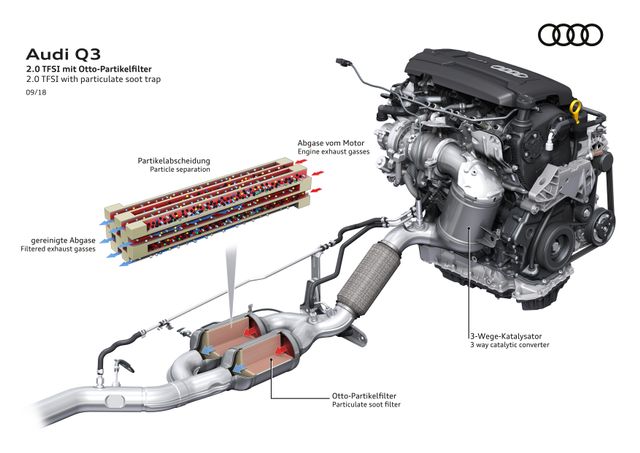
How does GPF Regeneration occur?
GPF regeneration is typically achieved through thermal or catalytic methods. Thermal regeneration involves raising the temperature of the exhaust gases to burn off the trapped particles. This can be achieved by adjusting engine parameters or using electric heaters.
Catalytic regeneration, on the other hand, utilizes a catalyst coating on the GPF substrate. The catalyst promotes the oxidation of the trapped particulate matter at lower temperatures, allowing for more efficient regeneration.
The implementation of GPFs in gasoline engines helps meet increasingly stringent emission regulations by reducing particulate matter emissions. These filters contribute to improved air quality and environmental sustainability, aligning with the global efforts to mitigate the impact of vehicle emissions on human health and the ecosystem.








